Does size matter?
We have always been asked why we are so persistent with the minimum size of Wilderness areas. We were criticized that an area with 1000 ha can be just as wild as an area of 10.000 ha. Our dear friend Jim O`Donnell from the US of A found this great post by Bill Adams, a Moran Professor of Conservation and Development at Downing College, Cambridge and author of Green Development (2009), which sumarizes this issues quite nicely. The Blog post discusses the reasons on why the loss of biodiversity is not stopped even though the number of protected areas has increased significantly during the last years. Here part of his answer.
“The problem is that protected areas become ecological islands. In the 1960s, a famous series of experiments on patterns of extinction and immigration were conducted in the islets of the Florida Keys by EO Wilson and his student Daniel Simberloff. Their findings became the basis of the ‘theory of island biogeography’. Simply put, islands lose species: the smaller the island, the faster they are lost. Since then, ecologists have recognised that these islands of habitat need not be surrounded by a sea of water. In Amazonia, ecologists conducted experiments on land that had been converted from forest to farms: islands of trees in a sea of dirt. They preserved square blocks of forest of different dimensions and studied the effect on diversity. Edge effects — the increase of sun, wind and weeds at the boundary between forest and cleared land — changed the microclimate of the forest, and species were lost. The smaller the remnant forest patch, the faster the species disappeared.
The smaller the remnant forest patch, the faster the species disappeared.
Landscape ecology, the science of animal populations, and studies of ecological networks all point the same way. Small protected areas surrounded by land without suitable habitat will not be sufficient to protect global biodiversity. And for large mammals, a park that is ‘too small’ might in fact be very large indeed. One of the greatest conservation challenges in Africa is to manage elephants, whose enormous ranges cannot be contained even in the greatest of parks.
One response is to seek more and bigger reserves, or to build corridors between them (‘more, bigger, better and joined’ was the slogan of a UK Government report Making Space for Nature in 2010). Yet, at most, a protected area strategy will create biodiverse islands on a fraction of the Earth’s surface (perhaps 17 per cent) leaving the rest of the Earth (to which humanity is restricted) radically transformed, and perhaps permanently impoverished in diversity.”
Please read the complete blog entry and some of his other great comments!


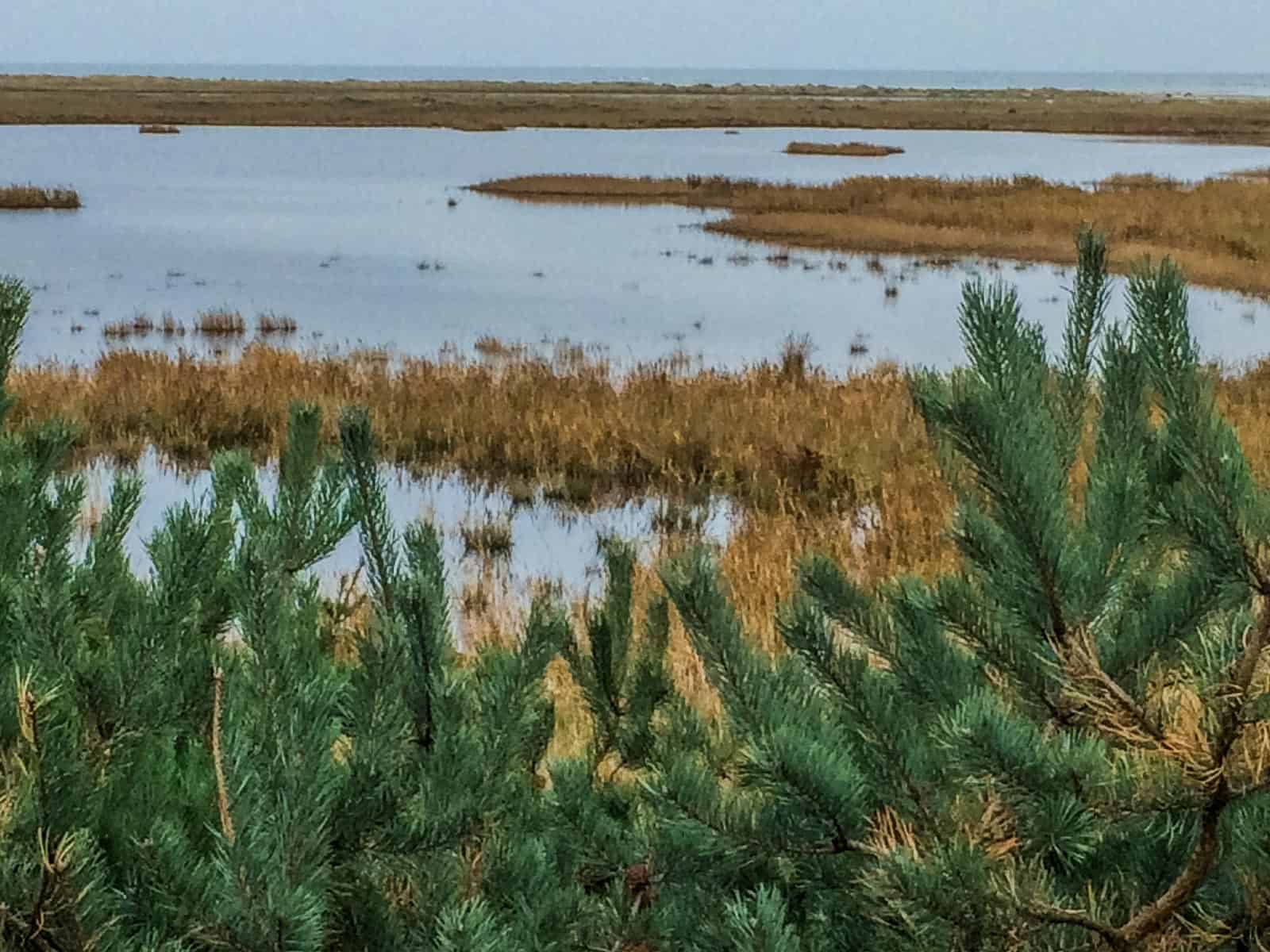
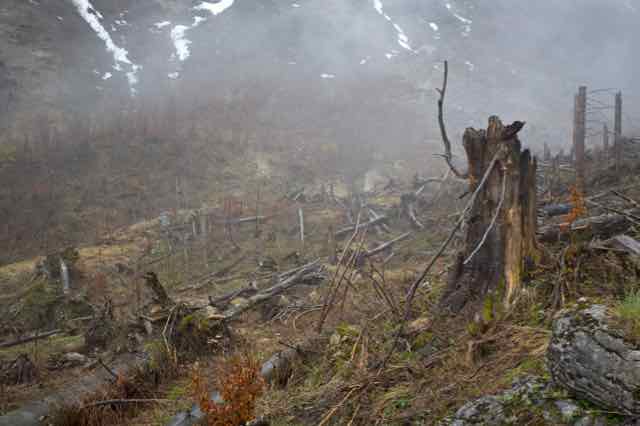
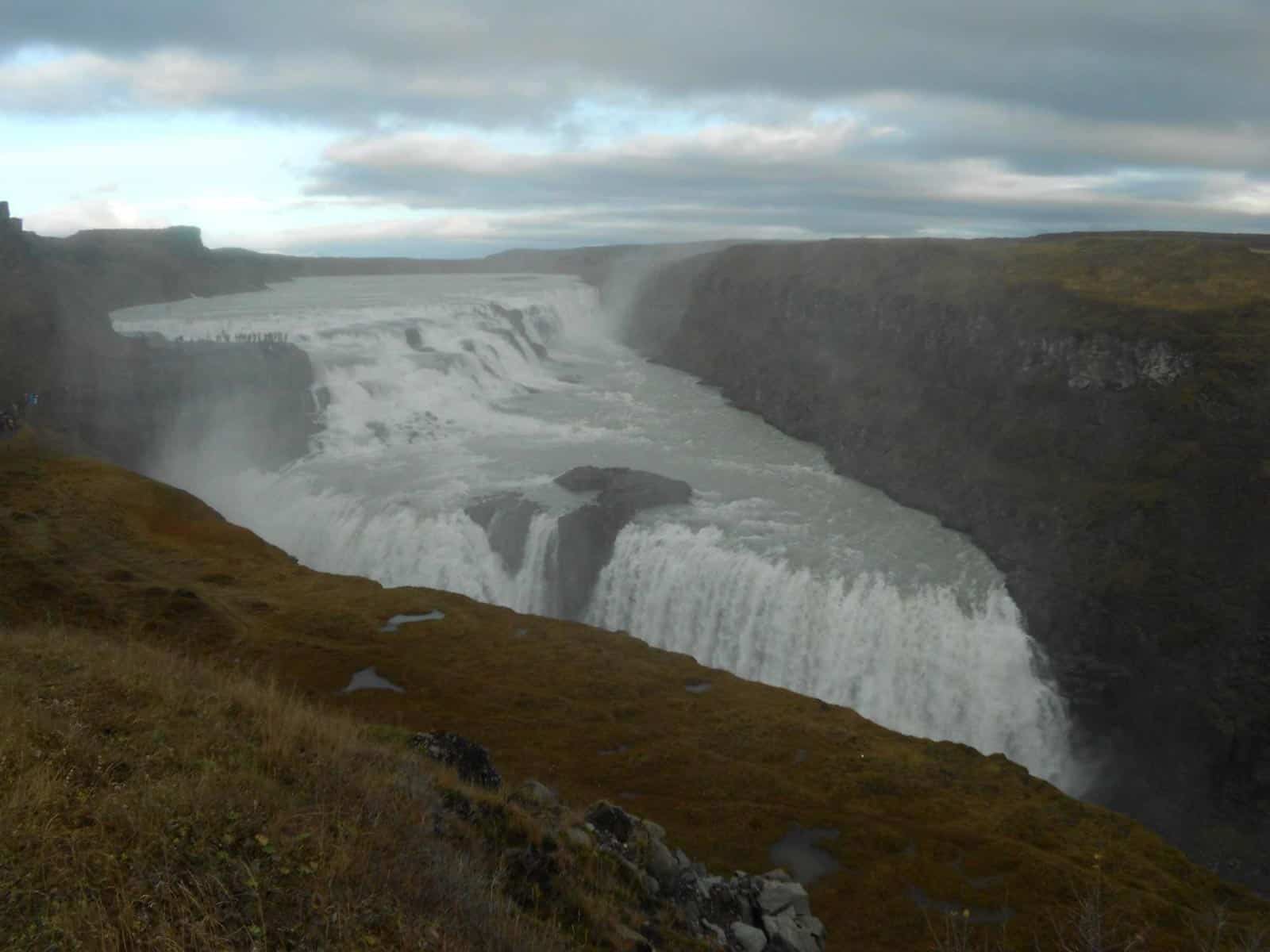
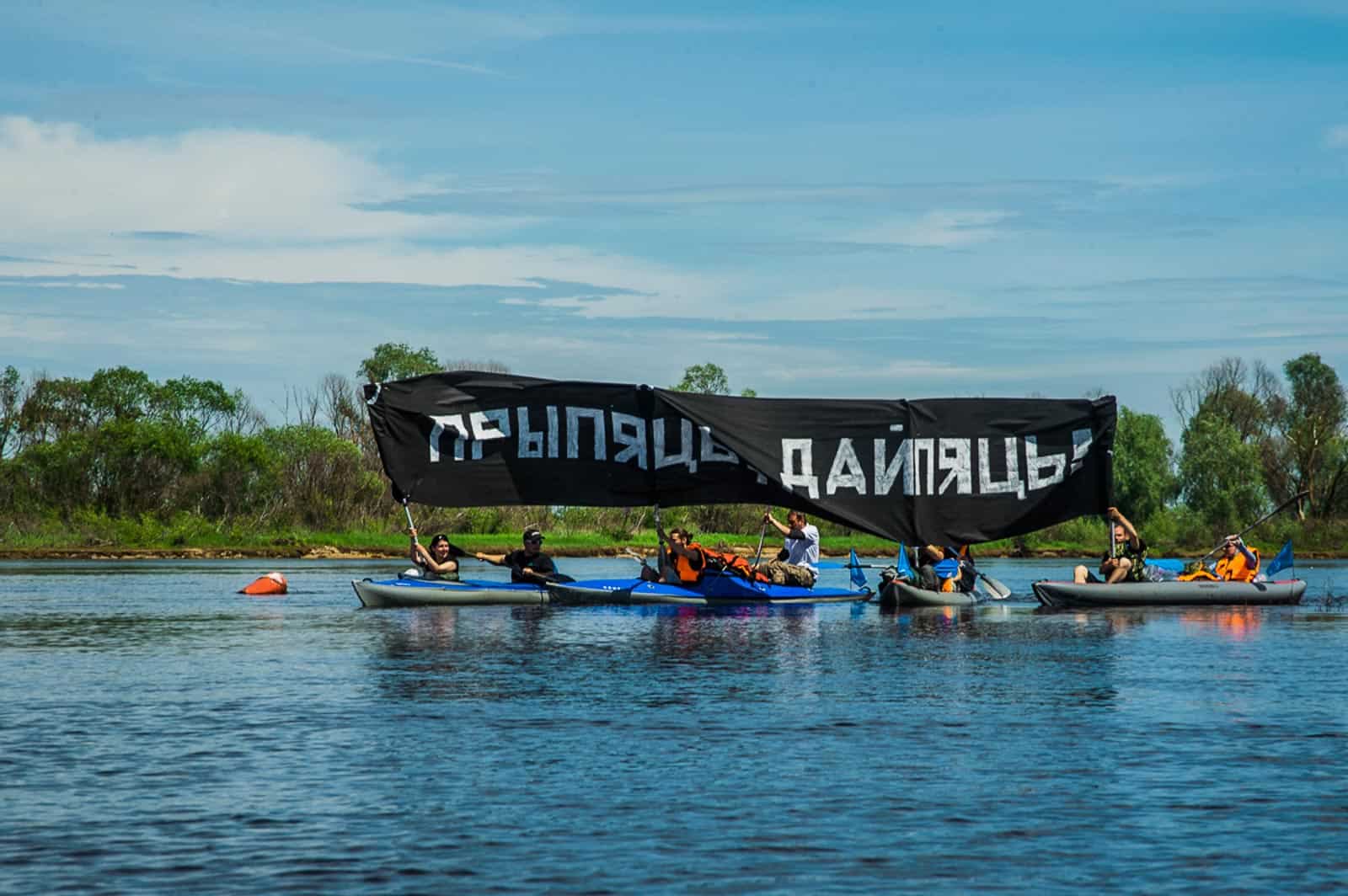
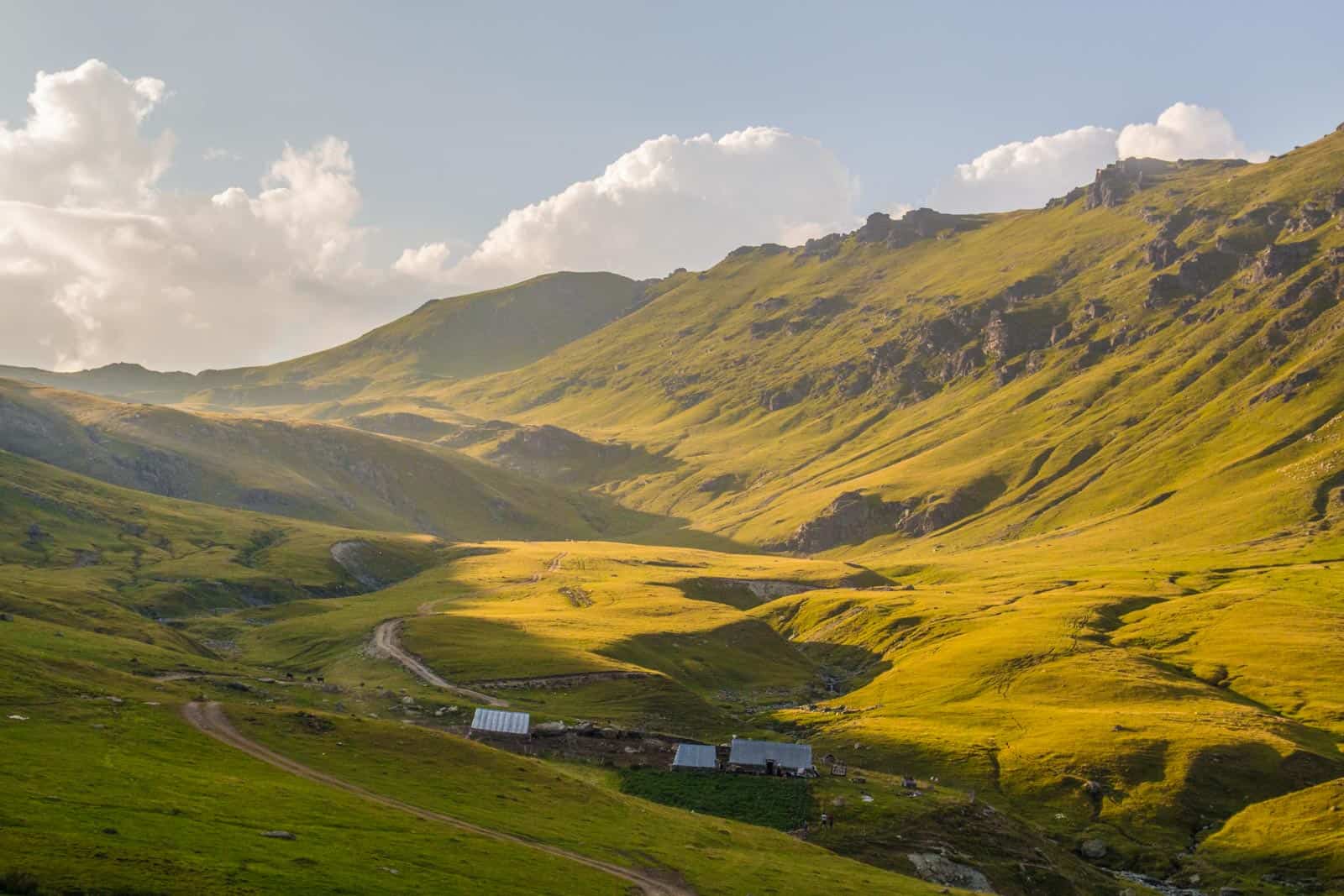

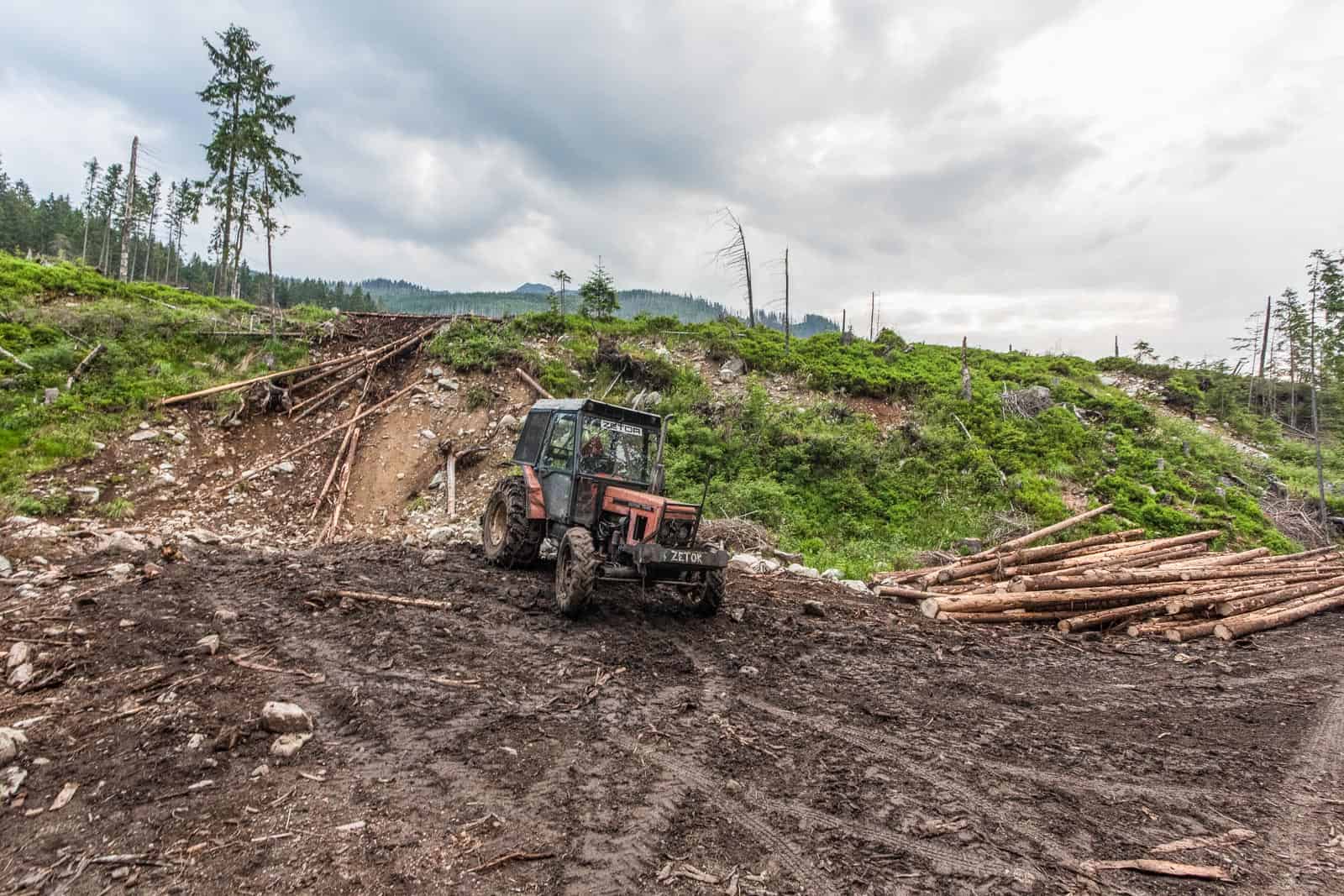
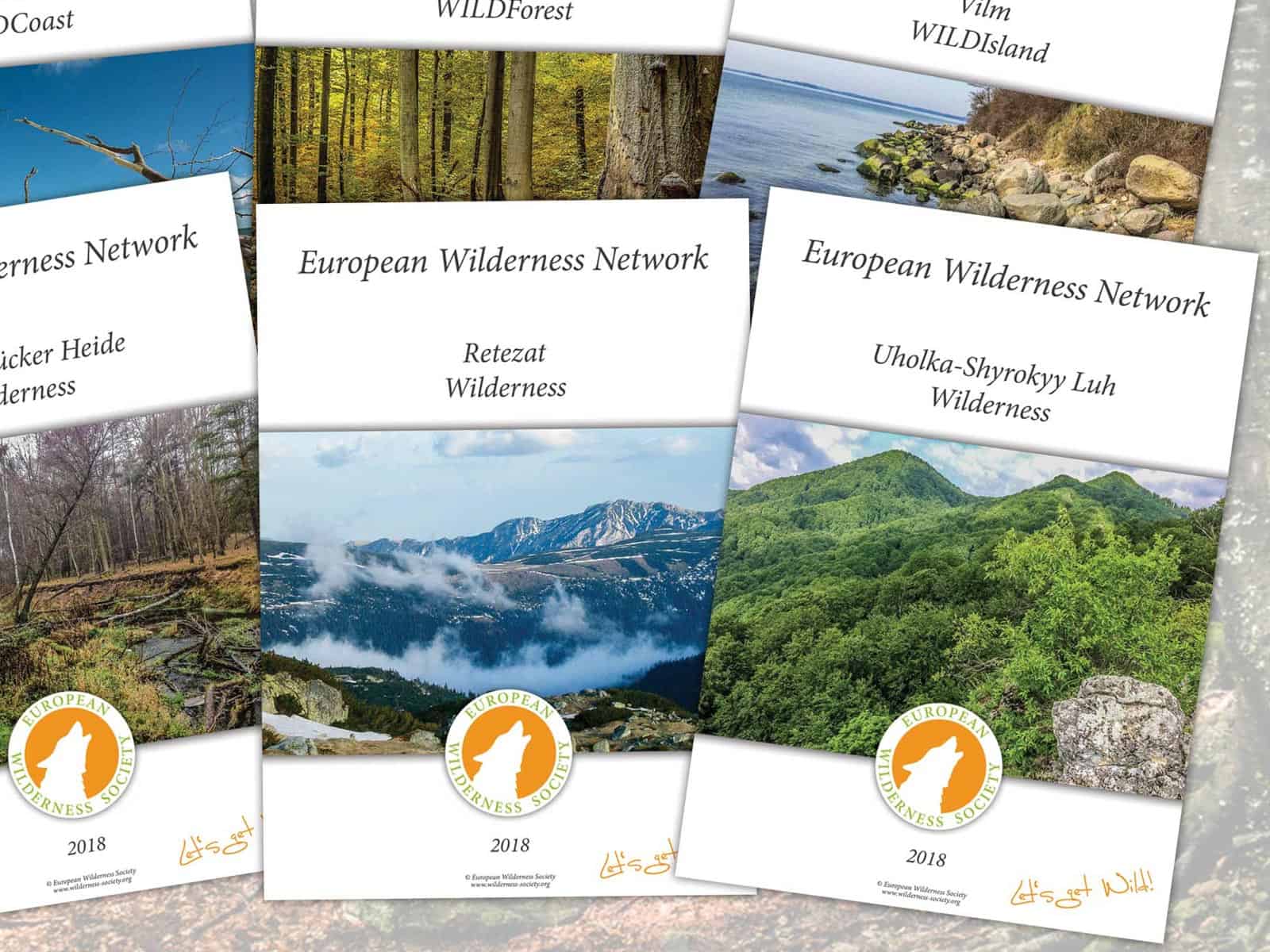
Thanks for that Max.
Joe
Yes fully agreed and that is why are so desperately pushing for a more dynamic process oriented natura 2000 concept reflecting this.
In a long-term perspective even reserves 1.000km2 in size may loose peak predators, species with large homeranges, migrating species etc.
Nature is dynamic- and habitats change their quality (step by step oder suddenly by catastrophic event). Specialised species therefore loose habitats – and has to find new one in the neighbourhood.
Hermann Remmert (1991) explained the problem perfektly with his scheme of “Mosaic-Cycle-Konzept”.
W. Scherzinger
In a long-term perspective even reserves 1.000km2 in size may loose peak predators, species with large homeranges, migrating species etc.
Nature is dynamic- and habitats change their quality (step by step oder suddenly by catastrophic event). Specialised species therefore loose habitats – and has to find new one in the neighbourhood.
Hermann Remmert (1991) explained the problem perfektly with his scheme of “Moraic-Cycle-Konzept”.
W. Scherzinger
In a way he is while at the same time, he is highlighting the need for larger PA. He is also questioning this narrow focus on pristine wilderness which we in Europe have quickly left behind. Wilderness is a self-willed area where man kind does not interfere anymore nor extracts anything at all.
Hi Max,
Isn’t Bill Adams’ piece, overall, criticizing the work of groups that aim to preserve wilderness, rather than embracing the new “mongrel world”? He uses terms such as “tunnel vision” to describe such efforts.
Joe